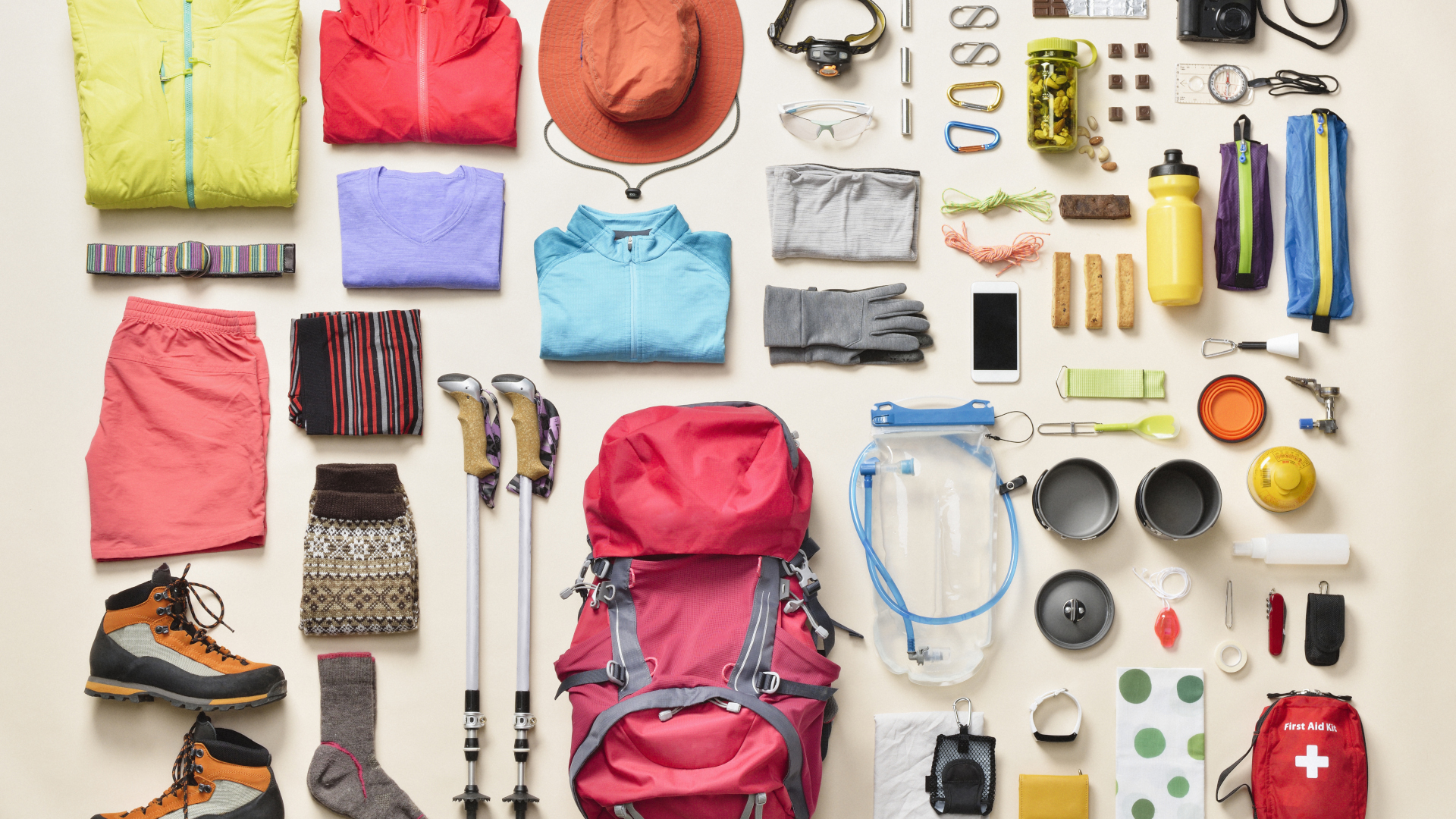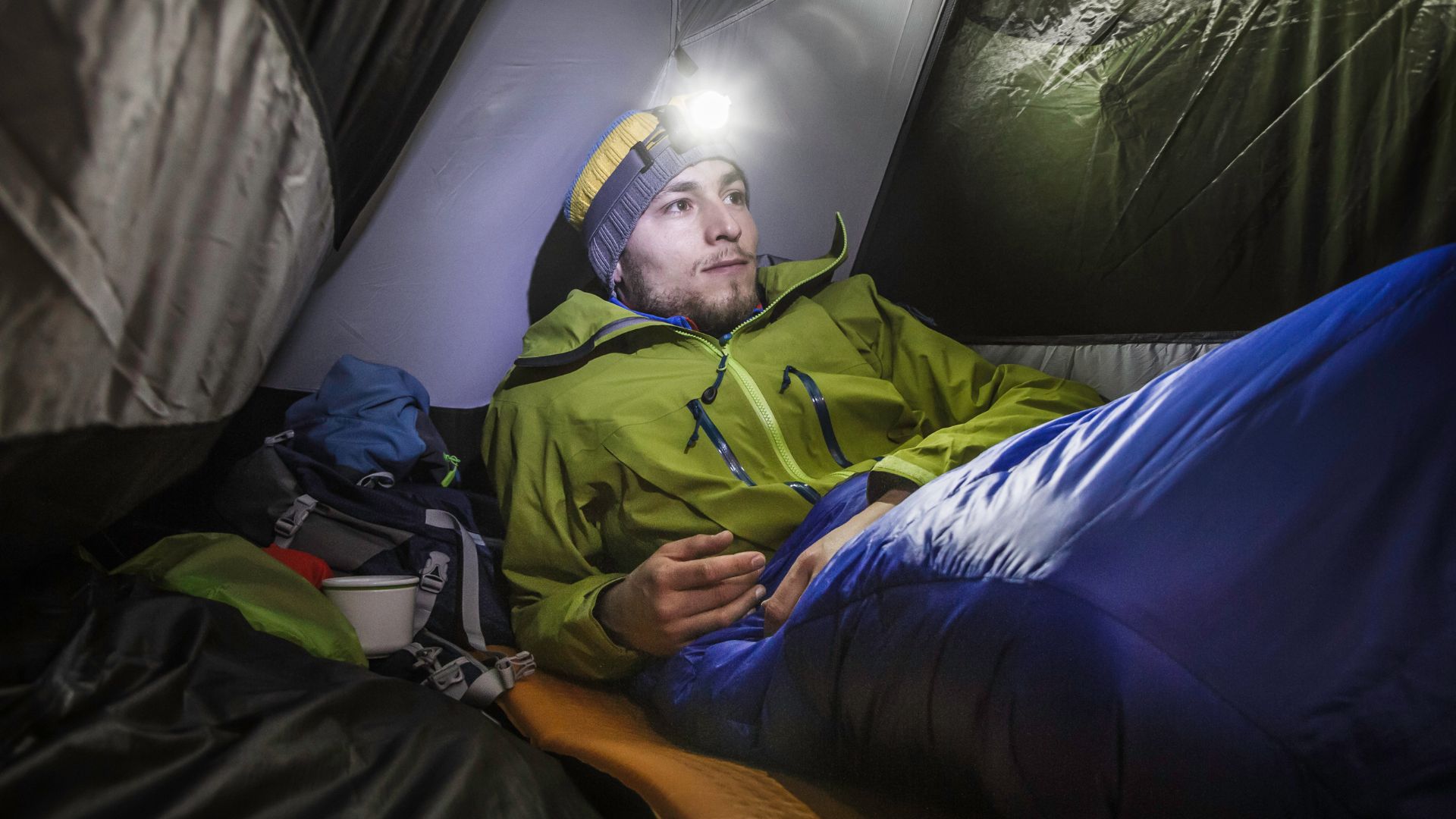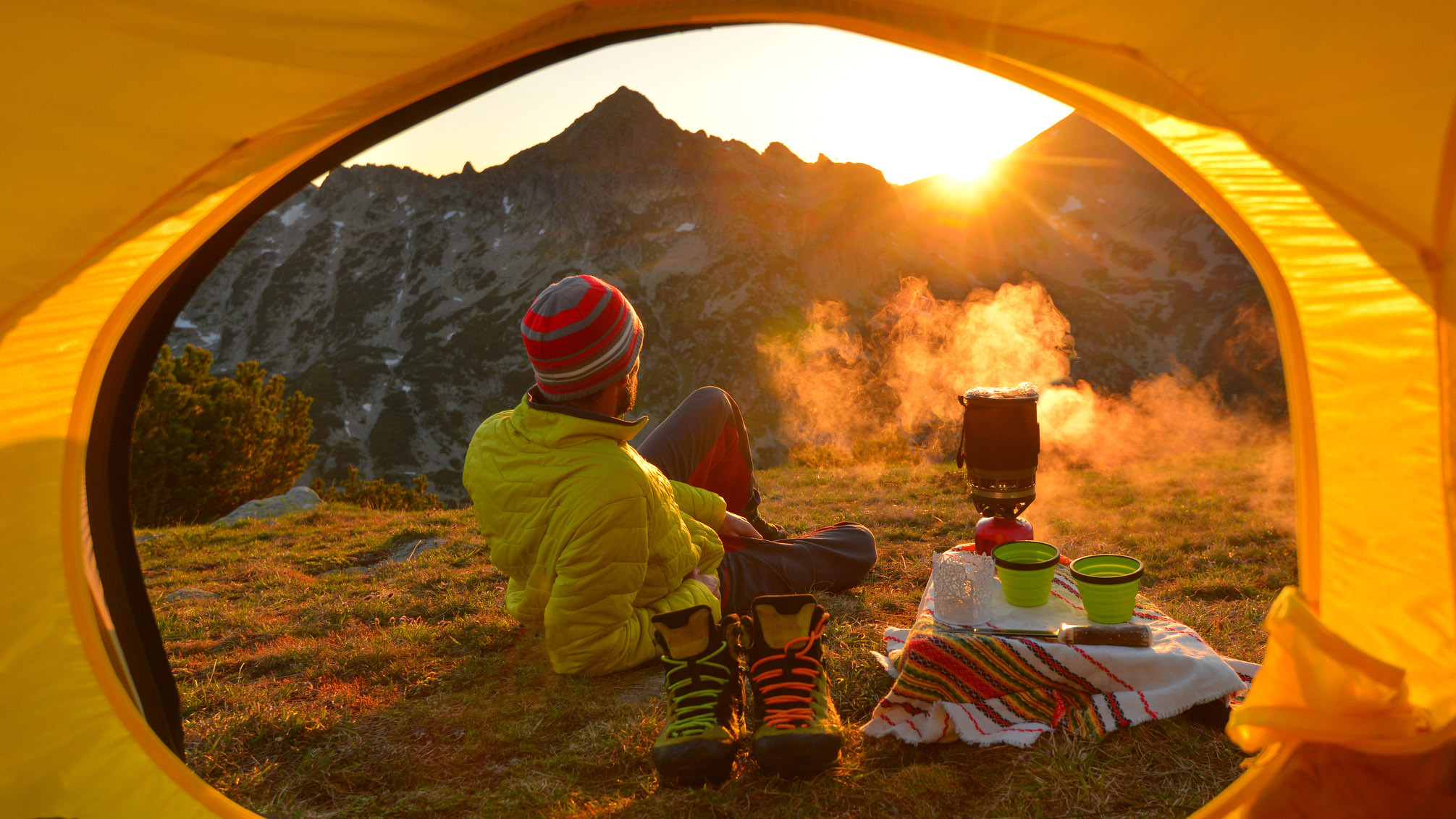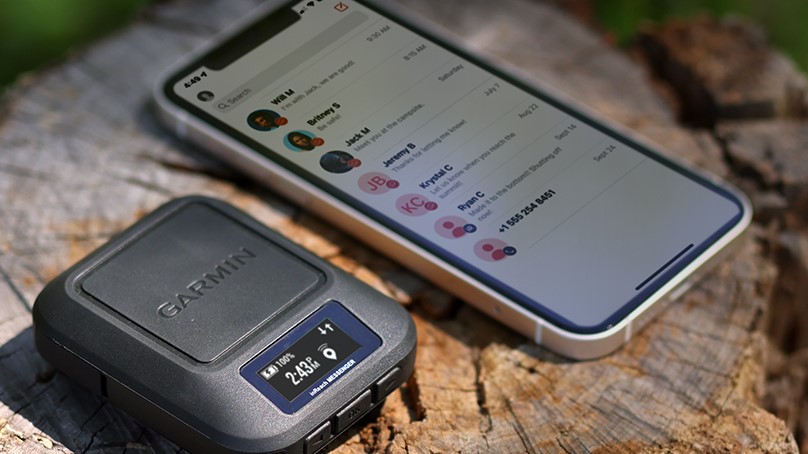
Backpacking is all about freedom, setting off in your hiking boots with everything you need carried on your back, and getting away from the hustle and grind.
Once you’re off the grid, all of the routines and rules that keep you tethered to society just seem to melt away but like all things worth having, there’s a price to pay for that freedom – and that price is preparation.
I take backpacking trips throughout the year. Sometimes I go on a multi-day adventure to explore a long-distance trail, more often I sneak away for the night just so I can wake up in the wild and clear my head, and sometimes I’m doing it just to test gear for Advnture. I camp and backpack frequently enough that I have all of my gear packed in one bin, I tend to keep some backpacking meals in the pantry and getting all my stuff together takes only about half an hour.
But there’s danger in going into autopilot when it comes to preparing for a backpacking trip, and without proper gear checks, it’s all to easy to end up fumbling around in the dark with no light source, subsisting on granola bars or sleeping on the cold, hard ground – and that’s the last thing I want. To make sure I’m ready for whatever nature chucks my way, I never go backpacking without first doing these seven essential gear checks:
1. Headlamp batteries
I’ve got headlamps everywhere. A Petzl that stays in my daypack, another that lives with my camping gear, a super lightweight rechargeable running headlamp for winter and a cheaper Lifesystems Intensity that I keep in the car. Most of them stay charged for months at a time.
The upside of this is that when I’m rummaging around in the dark, whether it’s in the basement or my tent, I always have a light source. The downside is that it’s easy to forget to check batteries and charge rechargeable headlamps because I’m so used to always having something kicking around.
After getting caught out without a light on the West Highland Way a couple of summers ago, I always make a point of checking my headlamp the night before I set off. I usually just test to see if it’s working (and still bright on high beam) then make sure I have spare batteries packed, and if I’m using the rechargeable one, I charge it up the night before no matter when I last charged it.

2. Lighter
Unlike headlamps, which I use constantly, I only ever use a lighter to light my camping stove. I have one and I keep it inside a plastic baggie inside my camping pot and I only ever set eyes on it when I’m camping.
I try to be careful with it and keep it dry, but of course you can't control the weather at camp and I sometimes go long stretches without using it. So that I don’t end up subsisting on raw oatmeal and power bars, I always check that it has plenty of lighter fluid and the lighter still sparks before I leave.
3. Camping stove fuel
Unless I want to cook all of my meals over an open flame, a lighter won’t get me very far if I don’t have any camping stove fuel. The beauty of canister stoves like my tiny Alpkit Kraku is that they’re insanely lightweight – even my fuel canister only weighs 200 grams when it’s full. But it’s also hard to tell when it’s empty, especially since I don’t use it that frequently (sometimes we use the Trangia, other times finding cabins and pubs along the trail) so it’s hard to recall how many times I’ve used each canister.
An easy solution is to always pack a backup, but I like to use this advice from Primus, the company that makes my canisters, and weigh my canister on the kitchen scale. According to their advice, of my 200-gram canister weight, only 100 grams is the fuel itself so I can tell exactly how much I have left before I pack a spare.

4. First aid kit
Like my headlamp, my first aid kit comes with me any time I go outdoors. It lives at the bottom of my daypack when I'm not backpacking, and gets transferred into my Sierra Designs Flex Capacitor for overnight trips. Fortunately, I’ve rarely had to even open it, but it’s still an important part of backpacking preparation to unzip it and make sure everything looks right.
On my most recent trip, I was surprised to see that I’d used up most of my alcohol swabs – then I remembered I had given them to my mum on a holiday we took to Corfu where she had several infected mosquito bites and the pharmacy was two miles away. Likewise, I’m often surprised to discover I’ve depleted my supply of painkillers to take care of aches and pains on the trail.
I always make sure it has everything I need, check the expiration dates on medication and make sure alcohol swabs haven’t dried up over the years. You can learn more in our article on giving your first aid kit a safety check.
5. GPS devices
Let’s face it, we’re all pretty on it with the charging of devices these days because having a dead phone is annoying, but when you’re going into the wilderness and those devices could save your life, it becomes essential.
I charge up my phone and my Coros Pace 3 sports watch the night before backpacking so they’re fully juiced and I can use GPX maps, GPS tracking and, of course, take photographs. I also charge my portable charger so that I can keep my phone topped up (my watch holds a charge for weeks).
For backcountry adventures, satellite communicators like the Garmin InReach will hold a charge for a very long time, but the best time to charge is the night before you set off so you’re confident you’ll be able to call for help if disaster strikes.

6. Sleeping pad
A couple of years back I was leading a hiking and yoga retreat in Yosemite National Park. I was flying to California from Scotland via Colorado to take care of some business and, since I knew I had an old Therm-A-Rest sleeping pad in Colorado, I figured I’d travel light and grab that. The sleeping pad had been in storage for two years and when I got to Yosemite, I discovered it was leaking air.
Fortunately for me, it was a slow leak and my hosts had a closed-cell foam pad I could sleep on, so I made it through the week, but it was a good lesson to me to always check my pad hasn’t sprung a leak.
These days, I’ve upgraded to a plush Therm-A-Rest ProLite Apex which I take out a couple of days before use and inflate it then sponge soapy water onto it to check for bubbles. This does mean you then have a wet pad so it’s best to do it a couple of nights before you leave to give it time to dry out.
7. Tent
Every summer, my friends take off on a monthlong car camping adventure with their kids around Europe. It’s always memorable, but one trip to Spain was particularly so because they forgot their tent poles, and ended up spending a month sleeping in a jury-rigged structure.
No matter how certain I am that my two-person MSR Hubba Hubba NX tent has been packed away properly, I always give it a quick check before I pack it – it’s amazing how often I discover that I’m running low on tent pegs having apparently sacrificed several to the camping gods on the previous trip and completely forgotten.







